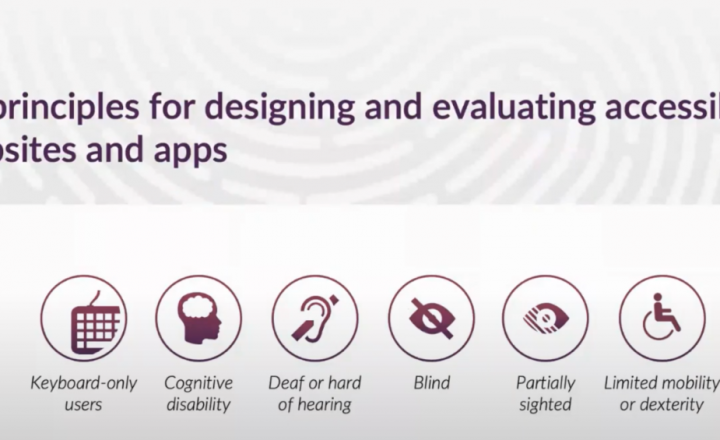Last month, I attended the Service Design in Government conference in the Southbank.
The day kicked off with Louise Downe, Head of Design in the Government Digital Service, explaining why service transformation will never be ‘done’. She described how technology, policy and changing user/business needs mean that service problems cannot be ‘solved’. Service provision cannot remain static, it needs to constantly adapt in response to research over time.
Louise summarised her approach saying that there needs to be a focus shift when designing services from ‘problem solving’ to ‘problem caring’, i.e. not reaching a solution, implementing it and walking away, but caring about the problem in the long term and constantly working to iterate and optimise solutions.
Following this, Rebecca Kemp and Ade Adewunmi discussed how to lead organisations and teams through service design projects. They based their talk around 5 key points:
- Tell a good story – explain what you want to do and how it will benefit your organisation.
- Have evidence for putting users first – give focussed evidence to take your organisation on a journey.
- Get people involved – start with those in your team and move outwards. People understand the service that currently exists because they see how it works. Help to make abstract ideas come to life for people by ‘showing and telling’ others about the project.
- Respect what came before – understanding the past helps you to design for the future.
- Look after yourself – when leading any kind of change programme, you will face criticism and opposition. Resilience is required!
The afternoon was given over to a selection of case studies and tutorials.
Polly Jones and Duncan Chevis from DEFRA shared the mapping technique they developed to show how value and cost savings were delivered against the user journey for waste permit applications.
The final session of the day was from Simon Bostock, who talked about service topologies and delivering change through people. He walked through some key organisational theories and encouraged attendees to think about different frameworks and trade-offs for organisational design.
Overall the day was excellent, touching on some of the key current topics in service design and a chance to meet other like-minded people.
Find out more:
- Course: Fundamentals of Service Design
- Bunnyfoot Services





